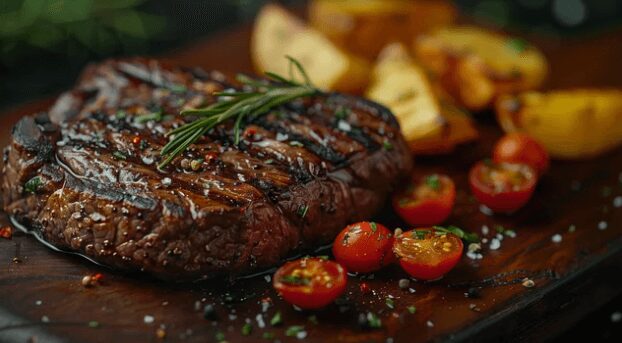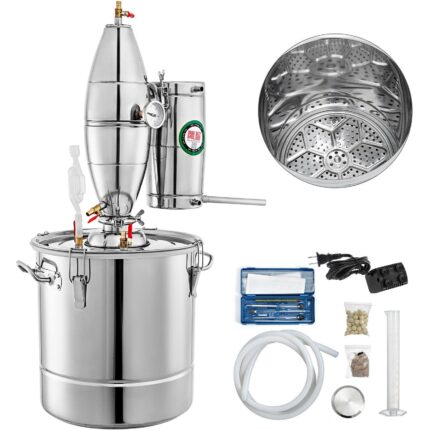Impact of Filleting on the Presentation of Gourmet Dishes

Impact of Filleting on the Presentation of Gourmet Dishes
He filleting of meat It plays a crucial role in the presentation of gourmet dishes, elevating both the appearance and the culinary experience. A precise and proper cut not only improves the aesthetics of the dish, but also influences the texture and flavor of the meat. In this article, we explore the importance of filleting and share essential techniques for chefs and gourmet cooking enthusiasts.
Importance of the Cut of Meat in the Presentation of Dishes
The presentation of a dish is the first impression a diner receives, and proper slicing of meat can make a big difference. Here are some key points about the importance of meat cut in presentation:
- Aesthetics and Visual Appeal
- Uniformity: A uniform cut ensures that each piece of meat is the same size and thickness, contributing to an attractive and professional presentation.
- SymmetrySymmetry in the cuts improves the visual perception of the dish, making it look more appetizing and well prepared.
- Texture and Consistency
- Proper Cut: Good filleting improves the texture of the meat, making it more tender and easier to chew. This is especially important in gourmet dishes where the quality of each bite is essential.
- Meat Fiber:Slicing meat against the grain helps keep it juicy and tender, which enhances the cooking experience.
- Flavor Distribution
- Marinade and Seasonings: Proper filleting allows marinades and seasonings to be evenly distributed, ensuring that each portion of meat has a balanced flavor.
- Uniform cooking: Uniform cuts ensure even cooking, avoiding overcooked or raw pieces, which is crucial in gourmet dishes.
Filleting Techniques for Chefs and Gourmet Cooking Enthusiasts
Learning and applying the correct filleting techniques can transform an ordinary dish into a gourmet masterpiece. Here are some essential techniques:
- Cutting Preparation
- Refrigeration: Keep meat refrigerated before filleting. Cold meat is easier to cut and holds its shape better than meat at room temperature.
- Fat Removal: Trim excess fat and membranes for cleaner, more attractive cuts.
- Filleting Technique
- Sharp Knife: Use a sharp knife to ensure precise cuts and avoid tears in the meat.
- Cut against the grain: Always cut meat against the grain to improve tenderness and texture.
- Cutting Angle: Maintain a consistent angle when cutting to ensure even fillets. An angle of about 45 degrees is ideal for most cuts.
- Presentation of the Filet
- Plating: Arrange the steaks on the plate in a symmetrical and orderly manner. Use fresh herbs, sauces and garnishes to enhance the presentation.
- Garnish: Add decorative elements that complement the color and texture of the meat, such as microgreens or edible flowers.
Conclusion
Filleting meat is a fundamental skill in gourmet cooking that directly impacts the presentation and quality of the dish. Applying the proper techniques not only improves the visual appearance, but also the texture and flavor of the meat, creating an exceptional culinary experience for diners.
In ARC Distribution, we are committed to offering the best tools and resources to improve your filleting technique. Find out more about our meat cutting machines and how they can help you achieve perfect, consistent cuts on every plate.
If you are interested in learning more about filleting techniques or need advice on the right machinery for your kitchen, do not hesitate to Contact usWe are here to help you take your culinary skills to the next level!



